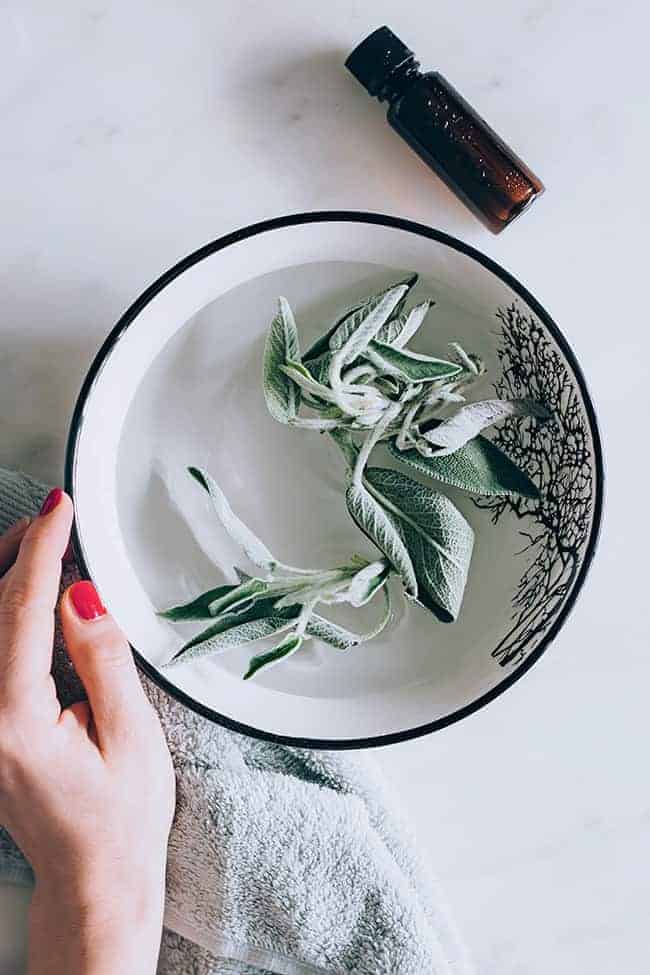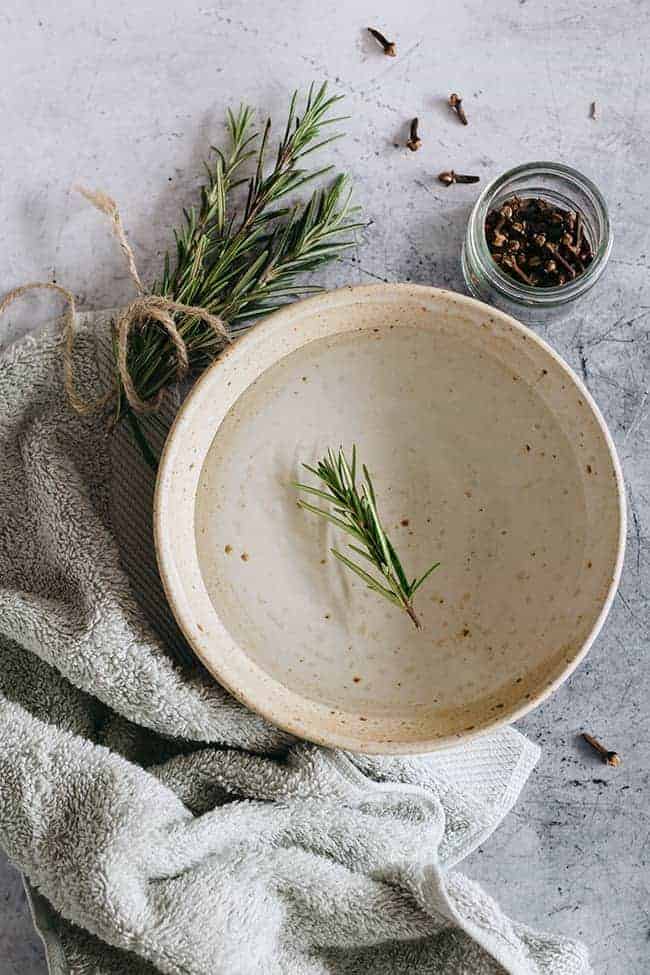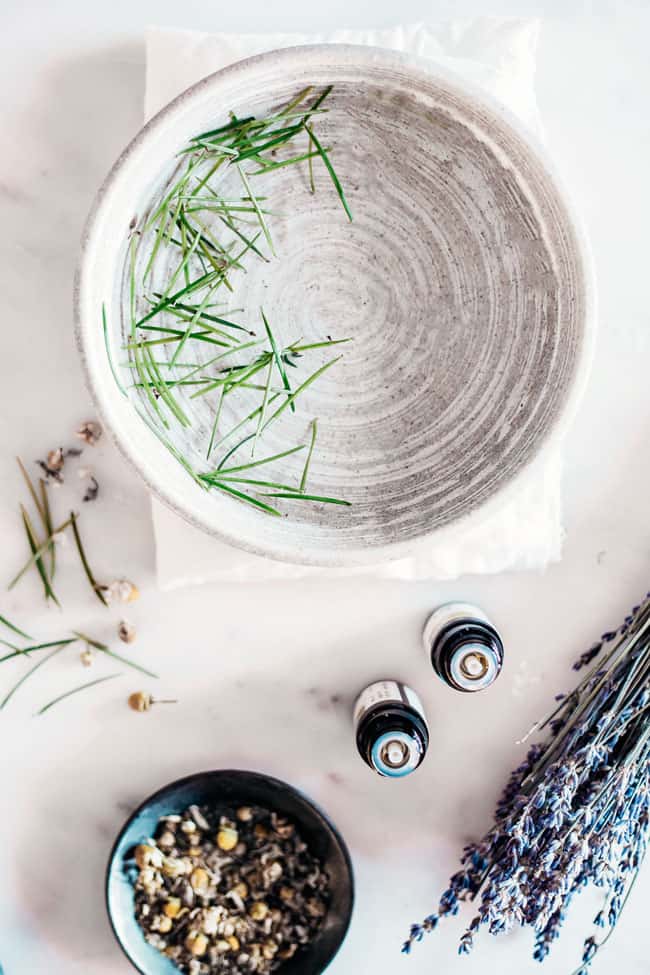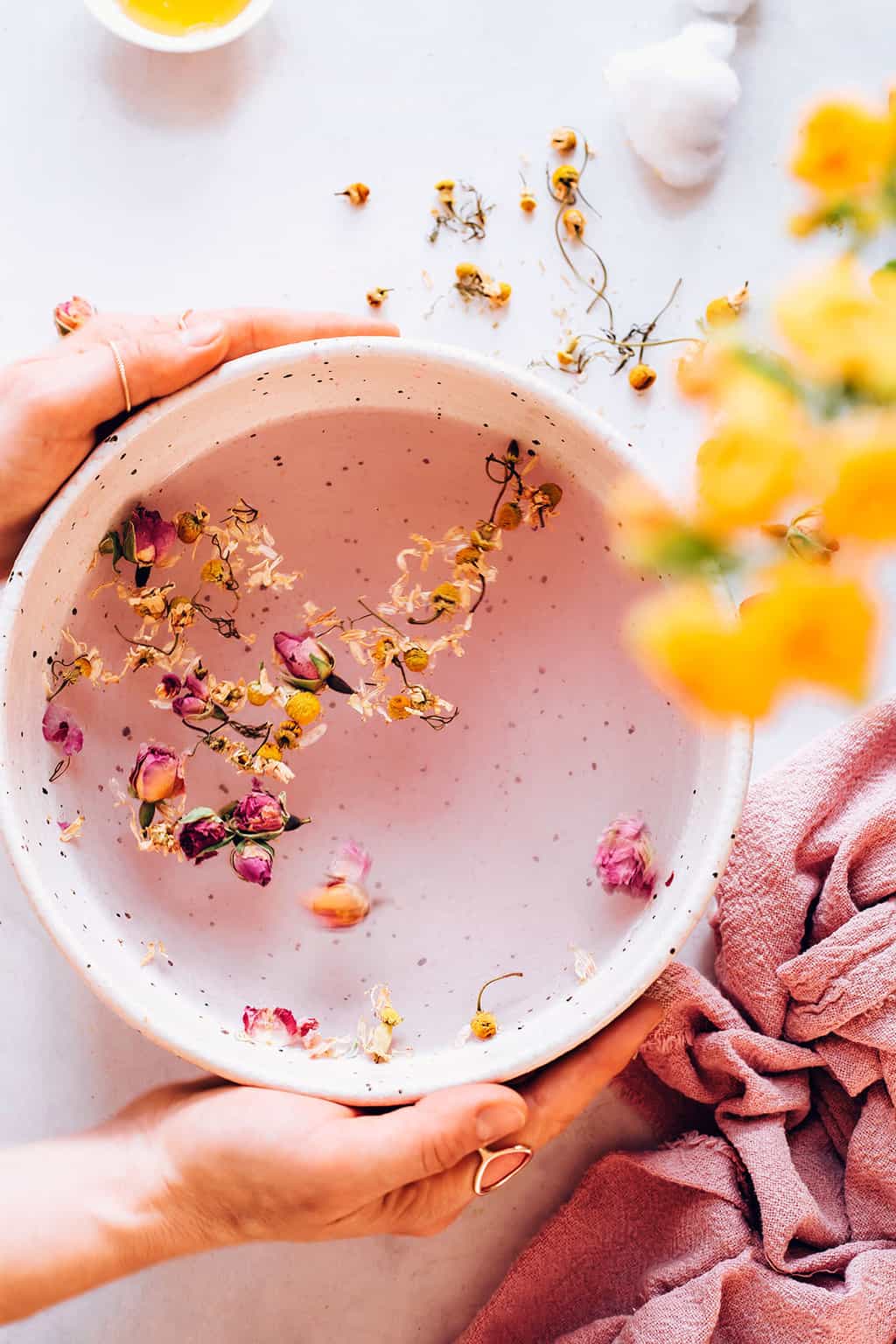Steam has long been recognized as an agent for enhancing blood circulation around the skin, softening it, opening up pores and allowing better penetration of various skincare products, like serums and moisturizers. Read on to learn how to re-create the spa experience at home!
Meet the experts
Melissa Urban, licensed esthetician and skin care expert at Skinforyou
Elina Fedotova, celebrity esthetician and owner of Elina Organics Spas
Medically reviewed by Dr. Jennifer Haley, a board-certified dermatologist

Benefits of facial steam
Steam not only prepares the skin, but it is a crucial step during the facial. Here’s a look at some of the key skincare benefits of using steam:
Increases circulation
The warm steam helps increase circulation, which, in turn, helps remove toxins, increases nutrient and oxygen delivery to our cells, explains Melissa Urban, licensed esthetician and skin care expert at Skinforyou.
Preps the skin for extractions
If you’re looking to clear out some of your pores with extractions, steaming beforehand is a smart idea. This is because the warm air opens the pores, making it easier to release acne-causing bacteria trapped within, notes Urban, who recommends leaving extractions up to your esthetician.
Allows for better absorption of products
Of course, you want your skincare products to work to their max to yield the most optimal results. A great way to do this is to steam prior to applying them. This allows for better product penetration from the ingredients in your toner, serum and masks, notes Urban.
Here’s a little trick of the trade: You don’t have to visit your local spa to enjoy the benefits of a good facial steam. In fact, you can do your own mini steam at home using just a few common kitchen items.

Who Can Benefit From Facial Steaming?
Facial steaming is great for all skin types, but especially those with mild-to-moderate acne and oily skin. Urban points out that steaming is also great for those receiving an enzyme treatment to activate enzymatic activity. “This form of exfoliation is a gentler option to help soften dead skin cells and refine texture on the face,” she adds.
Those with sensitive skin, as well as certain skin conditions like rosacea or eczema, may want to avoid steaming, as the heat can induce an inflammatory response and increase redness and irritation to the skin, according to Urban. “Anyone with a sunburn, open wounds or lesions to the face, or have circulatory issues are not suitable,” she adds.
How to Do a Facial Steam
You’ll need a pot of boiling water, a heat-safe bowl (ceramic or glass), and a towel that is large enough to cover your shoulders, head, and the bowl. Don’t forget to set a timer on your phone before you get under the towel!
Before beginning any facial treatment, it is essential to make sure your skin is clean. A 2-step cleanse is best; ideally one that includes an oil cleanse followed by a gel or foam cleanse or two cleanses with the same facial cleanser. Follow these next steps:
1. Bring 4 cups of water to a boil.
2. Transfer to a heat-safe bowl and place on a flat countertop.
3. Add steam ingredients (below)
4. Immediately drape a towel over your face, shoulders, and the bowl, keeping your face about 10–18 inches from the steam source.
5. Enjoy 5–10 minutes of steam and then follow with a mask, serum, or moisturizer while your skin is still damp. Be sure you don’t steam for more than 10 minutes as over steaming can have the opposite effect on your skin!
Your steam can be kicked up a notch by choosing the essential oil or herb combination from below that fits your skin type:
Face Steam Recipes for Every Skin Type

1. Rosemary & chamomile steam for mature/aging skin:
After bringing a pot of water to a boil, add:
Following up with a sheet mask containing calming, hydrating ingredients is perfect for more mature skin. On just-steamed skin, the mask’s ingredients will absorb better for hyper-hydrated, radiant-looking skin.

2. Tea tree & basil steam for oily/acne-prone skin:
After bringing a pot of water to a boil, add:
For acne-prone skin, following up with a clay mask is ideal. The steam will have softened any congestion, making it easier for the mask to help detox and clean out your pores.
3. Geranium & lavender steam for normal/combination skin:
After bringing a pot of water to a boil, add:
A rosewater spray is a great way to follow up facial steaming. It will feel cooling on the skin, helping the pores to constrict again for flawless-looking skin.
4. Chamomile & tea tree for dry skin:
Soothe irritated skin with a chamomile steam. The healing tea calms skin irritation and reduces redness. Pair it with tea tree to kill bacteria on the skin’s surface.
After bringing a pot of water to a boil, add:
Follow your steam with a hydrating face mask to lock in moisture.
5. Black tea & eucalyptus for puffy skin:
Try a black tea steam if you’re battling congested, puffy skin. The caffeine boosts circulation to reduce swelling and activate lymphatic drainage. Add eucalyptus oil to help open up clogged airways.
After bringing a pot of water to a boil, add:
Follow your steam with a few minutes of face massage using a jade roller, a wonderful skin rejuvenator.

Oxygen facials have been the rage for quite some time, but this at-home oxygen-rich facial is a great option if you don’t want to break the bank.
If you’d like to try a multi-step at-home facial that doesn’t just include steam but also a scrub, mask, and moisturizer as well, this 4-step facial is just the right combination.
If you are new to at-home facials, scrubs are a perfect place to start. Simple and ideal for all skin types, this Rose and Chamomile Scrub is the perfect companion to an at-home steam.
Who Should Avoid Facial Steaming?
People with advanced rosacea or very fragile capillaries should not use hot steam, according to Elina Fedotova, celebrity esthetician and owner of Elina Organics Spas. “In some rare cases, people with lung conditions may not tolerate the high humidity, so it’s best to discuss with your doctor if you fall under this category,” she says. For those clients, she suggests cool vapors instead.
Risks of Using Facial Steam
Placing the steamer too close to your face could burn your skin, warns Fedotova. For this reason, she recommends making sure your face is a comfortable distance from the steam.
She also urges her clients to keep their home steamer in clean condition, sanitizing after every use. “If the steamer has not been cleaned and used in a long time, mold can accumulate inside, which is not healthy to breathe,” she says. “Also, make sure you see professionals you can trust for facials, so they know how to steam for your complexion properly.”
Have you ever tried a facial steam? Do you have any combinations you would love to share?
This post was medically reviewed by Dr. Jennifer Haley, a board-certified dermatologist with extensive experience in medical, cosmetic, and surgical dermatology. Learn more about Hello Glow’s medical reviewers here. As always, this is not personal medical advice, and we recommend that you talk with your doctor.
Photos by Ana Stanciu
237
Source by helloglow.co


